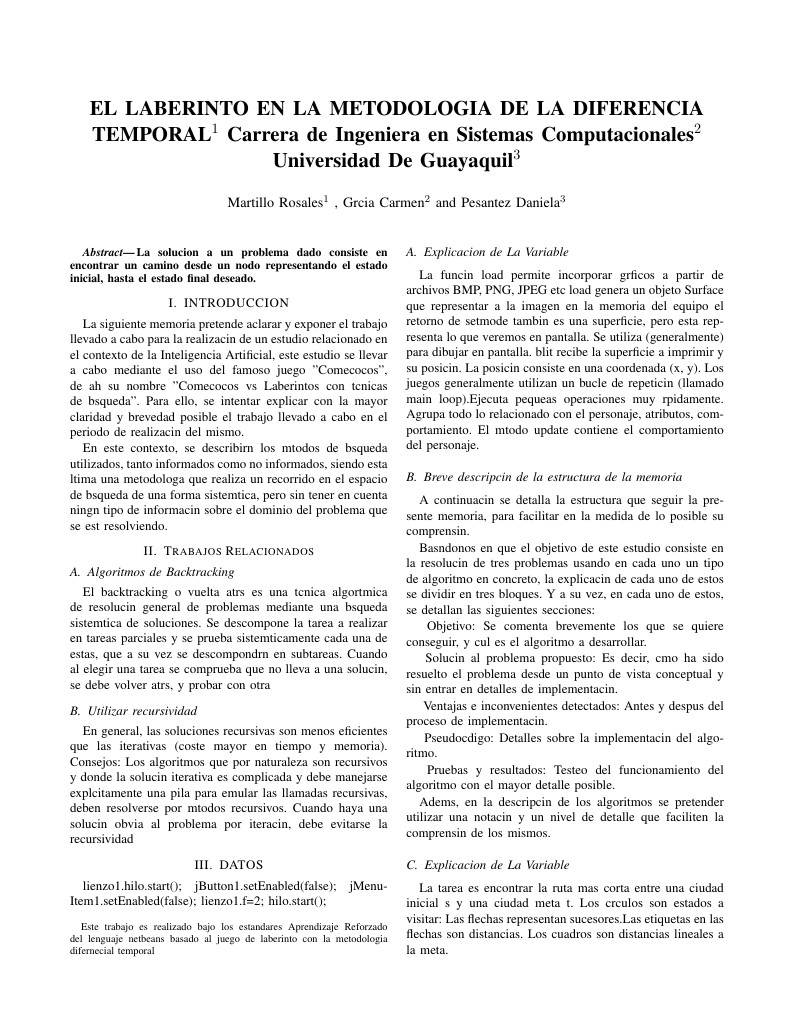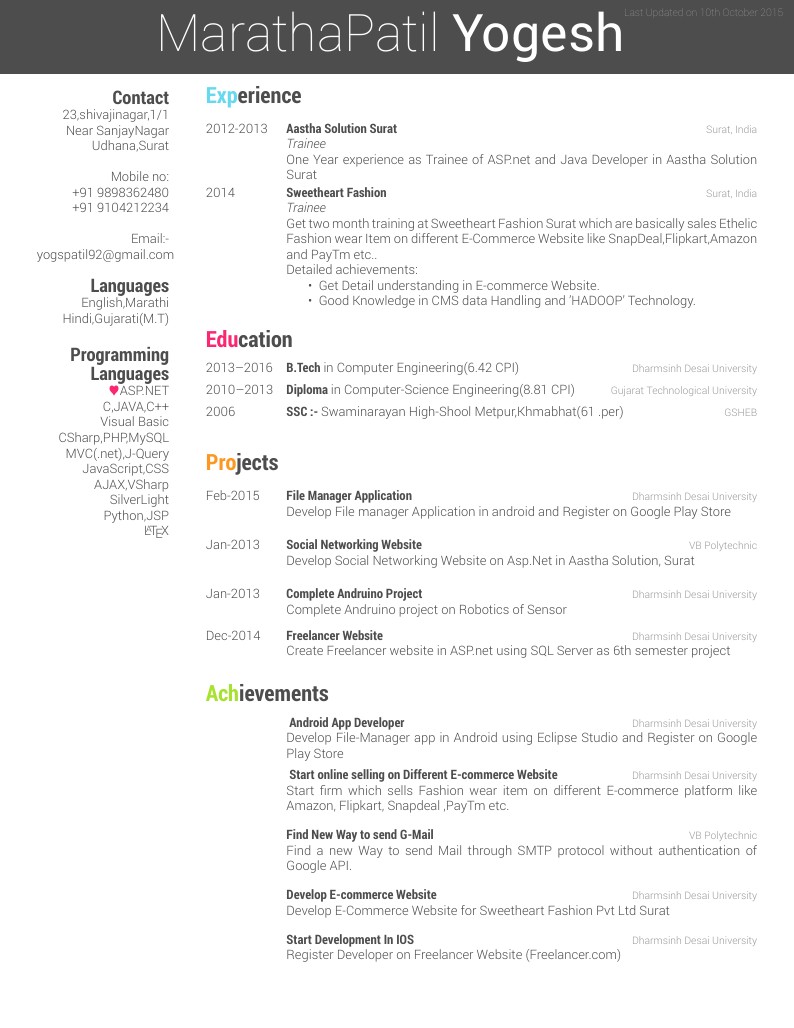Community articles — Two-column
Recent

La solucion a un problema dado consiste en encontrar un camino desde un nodo representando el estado inicial, hasta el estado final deseado.

Resume of Yogesh Patil
\begin
Discover why over 20 million people worldwide trust Overleaf with their work.